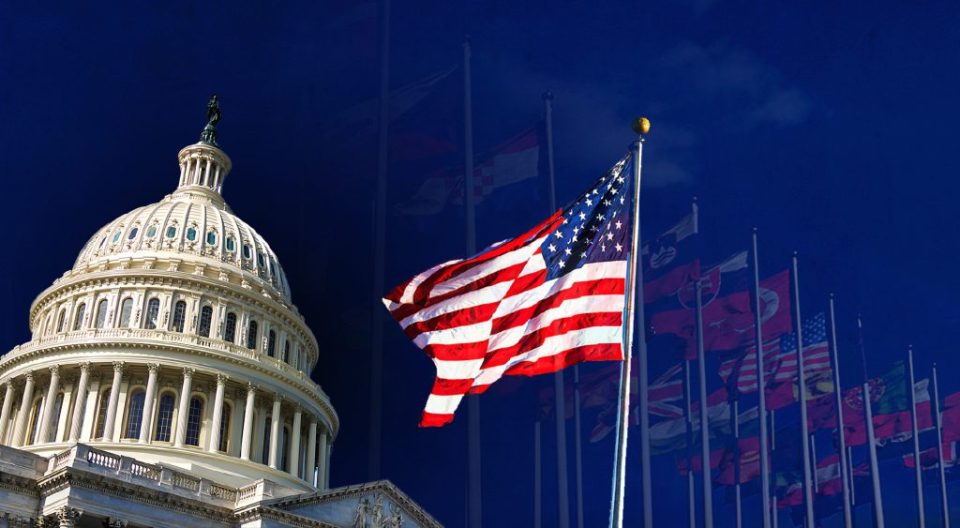The latest consumer price index (CPI) data shows inflation in the United States continues to cool, offering some relief for consumers and businesses. According to the Bureau of Labor Statistics, the CPI rose 0.2% in April, after seasonal adjustments. This puts the annual inflation rate at 2.3%, the lowest level since February 2021. The core CPI, which excludes volatile food and energy prices, also increased by 0.2% for the month, with a year-over-year rise of 2.8%.
These figures suggest that price pressures are moderating, which could influence the Federal Reserve’s next moves on interest rates. The central bank has been closely watching inflation data, and this slowdown may provide more flexibility in monetary policy decisions.
Egg prices in the U.S. reached an unprecedented peak due to the ongoing bird flu crisis, which forced the culling of millions of egg-laying hens and sharply reduced supply. The highest reported national average for a dozen eggs was $8.17 on March 3, 2025, according to multiple sources. This record price-more than four times higher than the $2 per dozen seen in previous years-was driven primarily by the impact of highly pathogenic avian influenza (HPAI) outbreaks, which led to the loss of over 100 million birds and significant disruptions in egg production. While prices have since declined, this volatility highlights how disease outbreaks can have a dramatic and lasting effect on food costs for American households.
The easing of inflation is good news for American consumers, who have been squeezed by higher prices for more than two years. Lower inflation can help restore purchasing power and support consumer confidence, which is crucial for sectors ranging from retail to hospitality.
For businesses, the inflation trend is a key consideration. Companies with thin margins or heavy reliance on consumer spending are particularly sensitive to changes in the cost environment.
While the April CPI numbers are encouraging, the ongoing uncertainty around US tariffs remains a significant risk. The Biden administration has maintained and, in some cases, expanded tariffs on certain imports, particularly from China. These tariffs can increase costs for American manufacturers and consumers, potentially offsetting gains from lower inflation.
The impact of tariffs is difficult to predict, as it depends on both domestic policy decisions and international trade dynamics. If tariffs are increased or expanded, it could put upward pressure on prices for a range of goods, from electronics to household items. Conversely, any easing of tariff policies could help further reduce inflationary pressures.
With the annual inflation rate now at its lowest point in more than four years, there is cautious optimism that the worst of the price surges may be behind us. However, the economic outlook remains uncertain due to factors like tariffs, global supply chain challenges, and potential shifts in consumer demand.
Businesses, investors, and policymakers will need to stay alert as these variables play out. For now, the latest inflation data offers a measure of relief, but the road ahead is far from predictable.

